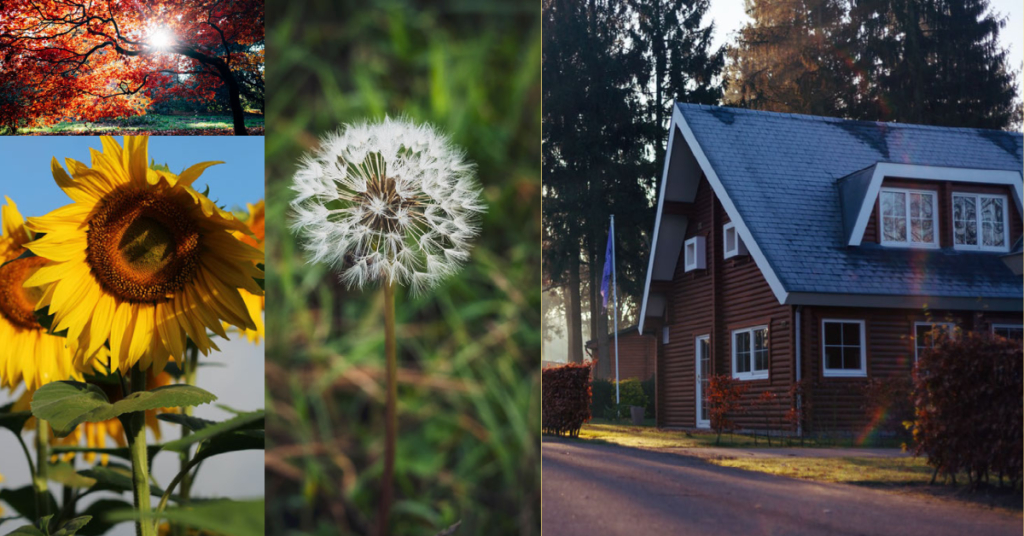Now that fall in full swing and winter is around the corner, now may be the ideal time to get any outstanding outdoor projects out of the way.
Many people think landscaping only happens in spring and summer, but there’s so much more work to do in fall beyond just raking those pesky leaves. Despite belief, it’s actually the perfect time to plant tree shrubs, trees, and evergreen plants.
Fall can also be a great time to apply lawn herbicides depending on the weeds you need to control. Many weeds stay green and continue sprouting long into the fall. If you remove as many as possible, you’ll reduce your weed problem next year.
Weeds are always problematic because they can affect the growth of every other plant and compete with the plants for space, water and nutrients from the soil.
Dandelions and other perennial broadleaf weeds that emerge in spring and summer, such as ground ivy, plantains and clovers, can be controlled in the fall with certain herbicides. As an added bonus, the same herbicides will also provide control of winter annual weeds such as purple deadnettle, chickweed, henbit and others that will soon start to emerge in thin areas of the lawn.
Leaving perennials up for the winter with minimal cutback and no mulching of established beds affects the appearance of the garden from late fall to early spring, giving it a more natural appearance. This approach makes for a lower-maintenance garden that takes less time to care for, and can provide essential overwintering habitat for beneficial insects, including pollinators.
Hostas can have good fall color, but they collapse once frozen hard and lie flat on the ground in late fall. Since they have no winter growth, they should be cut back in November.
Hybrid tea, floribunda, multiflora and miniature roses should get extra winter protection. Mounding is the best method to use for this. But not all roses need mounding, so it’s important to research before you act.
It’s best to wait to mound until there have been two to three nights of a hard freeze. Plants such as ornamental grasses can be left standing and cut back in February or March, before new growth starts.
If you need to do pruning, it is best to remove no more than one-third of the old wood each year immediately after flowering. Evergreen trees, shrubs and ground covers are easily damaged over the winter because they don’t entirely shut down and go dormant, like deciduous trees and shrubs that lose their leaves. There’s no definite way to protect these defenseless plants against bitter cold this winter, however watering throughout the fall can give them a fighting chance. Your sprinkler system needs to be winterized in the fall before freezing weather settles in to prevent water freezing in the system and causing damage. By early November, you should not be using your sprinkler system any longer, and you can do spot watering with a garden hose as needed.

